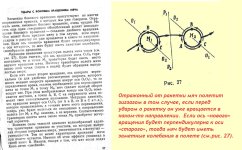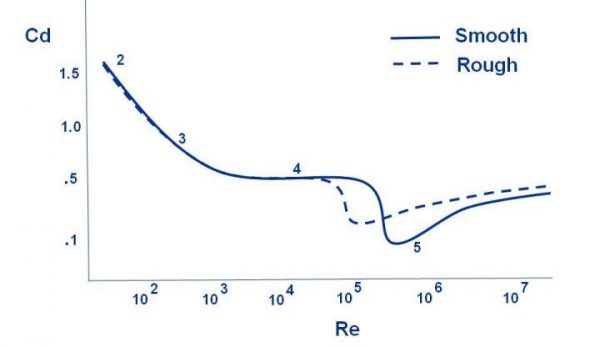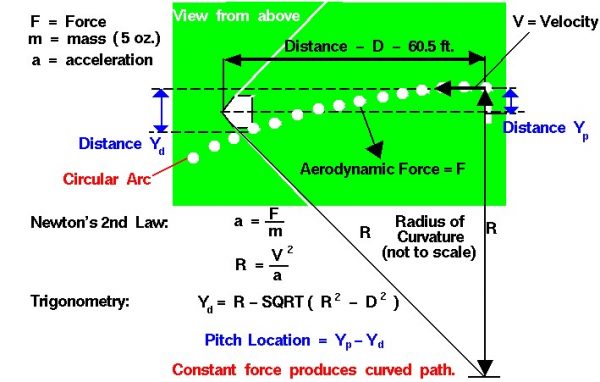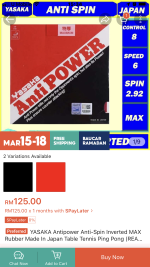This user has no status.
Hello!
Recently I've played in a tournament against very strong players(2000+ TTR points in Germany), and I noticed just how well they use the sidespin to their advantage, using the wrist and going with/against the spin.
And I came across a question, for the 3rd ball attacks if you want to hit with your FH, it's better to do a Pendulum serve so the most common reply is for the opponent to go AGAINST the spin and change the spin so the ball with come more to your FH side.
But when you receive a Reserve Pendulum (or whatever BH service), people recommend to receive it with the backhand. I know the the natural angle for pushing is more comfortable, but wouldn't attacking the Reverse Pendulum with the FH fall into the same logic of serving a pendulum service + waiting for the opponent to push against the spin and then attacking it? So why use BH in these situations?
What do you think about it?
Recently I've played in a tournament against very strong players(2000+ TTR points in Germany), and I noticed just how well they use the sidespin to their advantage, using the wrist and going with/against the spin.
And I came across a question, for the 3rd ball attacks if you want to hit with your FH, it's better to do a Pendulum serve so the most common reply is for the opponent to go AGAINST the spin and change the spin so the ball with come more to your FH side.
But when you receive a Reserve Pendulum (or whatever BH service), people recommend to receive it with the backhand. I know the the natural angle for pushing is more comfortable, but wouldn't attacking the Reverse Pendulum with the FH fall into the same logic of serving a pendulum service + waiting for the opponent to push against the spin and then attacking it? So why use BH in these situations?
What do you think about it?















